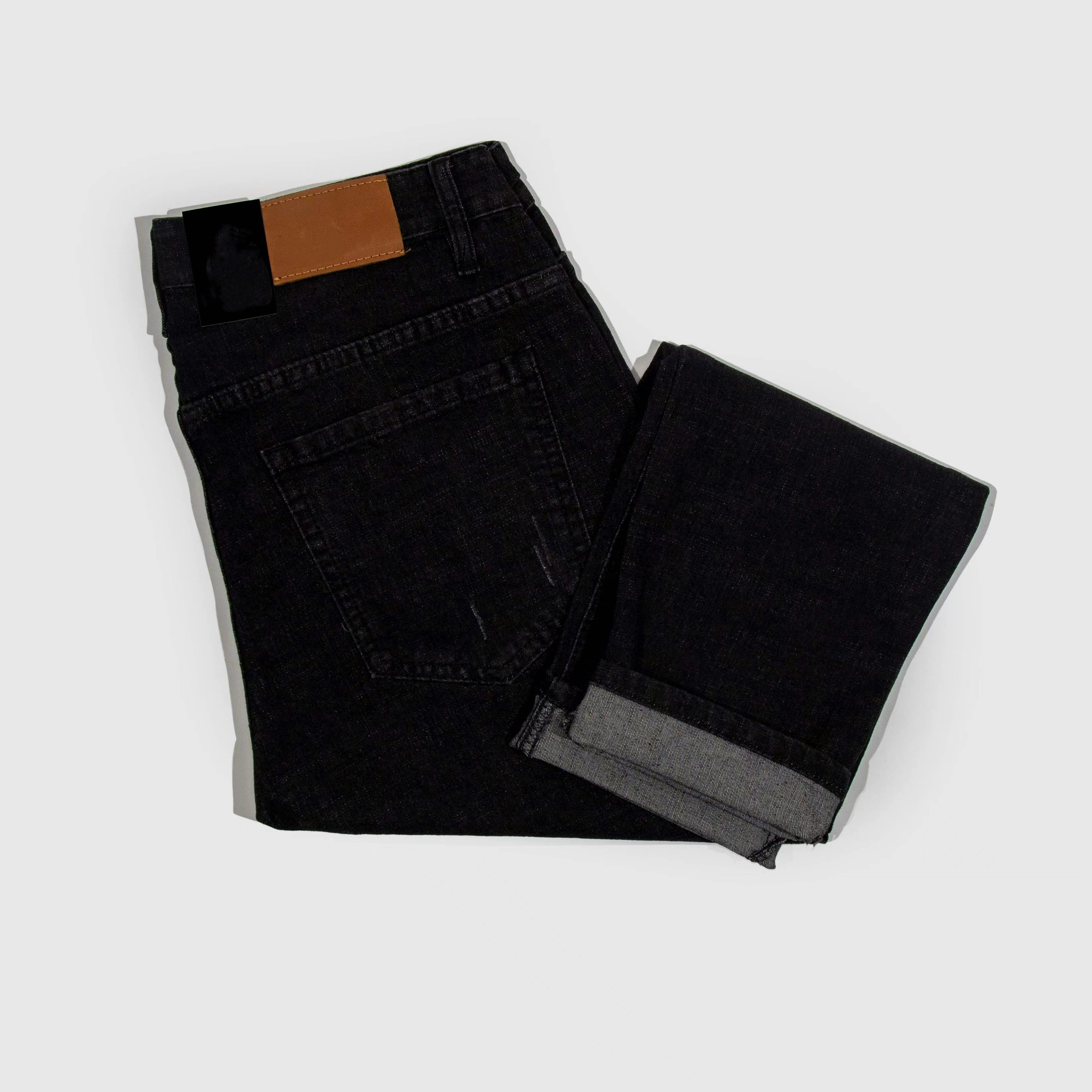Jeans are usually work pants or sports pants made of twill. In the impression of most of us, jeans should be bright lines, stickers, nail signs, and other clothing. Although these are not the earliest prototypes of jeans, we now give them the definition. In the process of adding clothing, each process is inseparable from the help of sewing thread, especially the professional technical indicators such as strength and hair. At the same time, the requirements for sewing thread have a new height, especially suitable for coloring. Jeans can be said to be year-round clothing, and with the development of the style, there is also a more diversified, stylish, casual trend. A lot of accessory hardware—leather, knitting, and color stitching—is attached to the jeans. This is a big leap for the sewing thread.
When it comes to jeans, sewing thread offers the crucial support needed to hold each pair together. The selection of sewing thread during the fabrication of jeans is crucial in guaranteeing their longevity and functionality. Denim, with its reputation for durability, needs a thread that can withstand its strength.
Because polyester thread has a high tensile strength, it is a preferred choice for jeans. Tight stitches and the wearer's continuous movement are not a problem for this kind of thread such as spun polyester thread wholesale . Making sure the seams hold up under pressure is equally as important as keeping the fabric together. Additionally, polyester thread resists abrasion, which is important for jeans that are frequently used tough.

The thread's resistance to washing and exposure to the elements is another important component. Jeans need to withstand frequent washings without losing its strength. This is another area where polyester thread shines because it doesn't fade, shrink, or mildew. This indicates that the thread and seams hold up well even after multiple washings.
Another crucial factor is the thickness of the sewing thread used to make jeans. Tex 40 to Tex 60 and other thicker threads are frequently utilized. These threads provide heavy-duty denim the resilience it needs and add to the rugged appearance of the jeans. These bigger threads produce visible stitches that are not only useful but also enhance the garment's visual appeal.

Another factor to consider is color. The thread color can give a design aspect to the jeans by either standing out or blending in with the fabric. Contrasting orange or yellow stitching, a staple of denim fashion, is frequently seen on classic blue jeans.
Essentially, denim sewing thread serves as more than just a means of joining pieces of cloth. It's an essential part that guarantees the jeans are robust, practical, and fashionable. The secret to creating jeans that last is using premium polyester thread, which has strength, durability, and aesthetic diversity. By choosing JINGZE polyester sewing thread China supplier, you can trust that you will receive reliable jeans sewing thread solutions that meet and exceed industry standards.